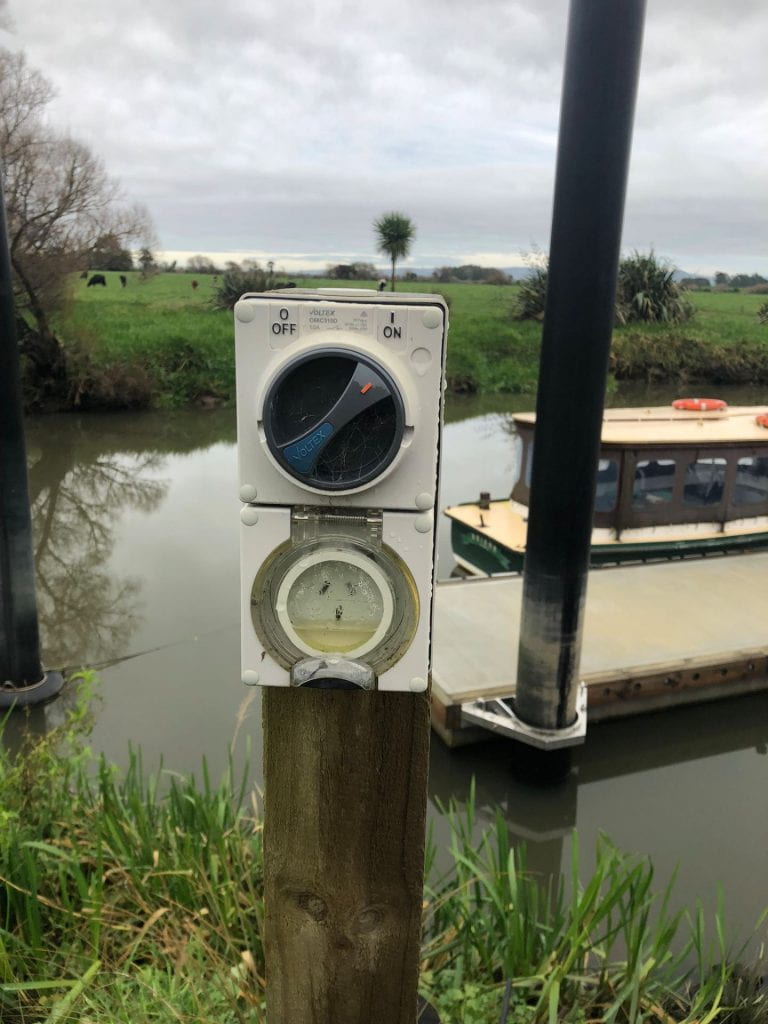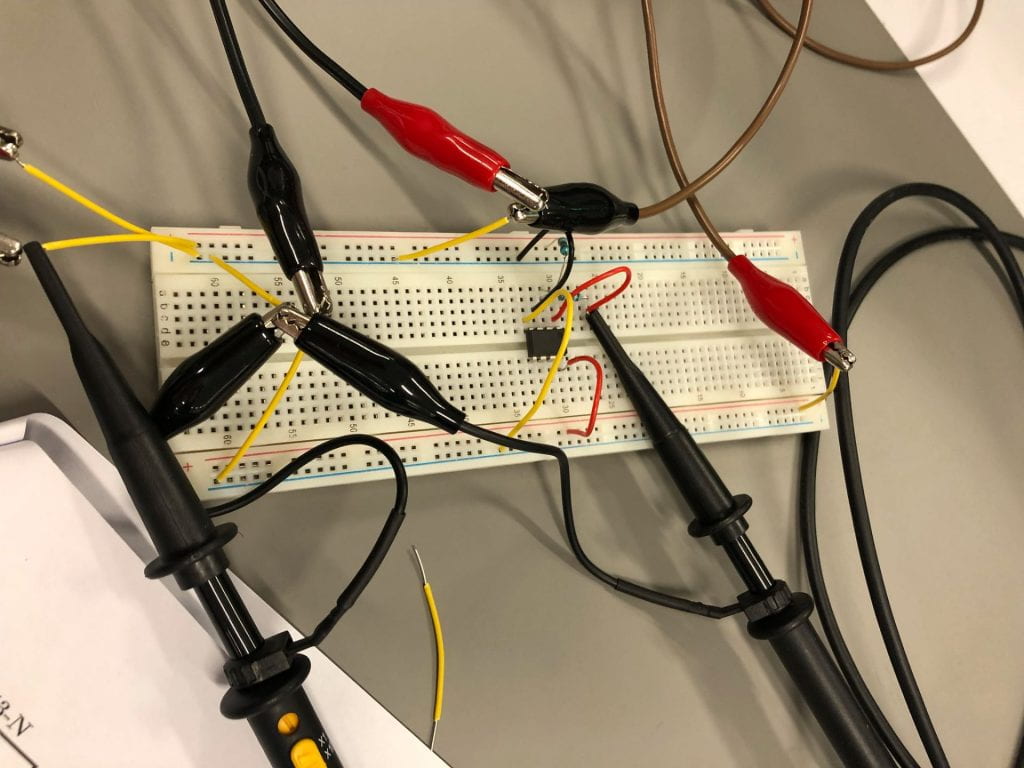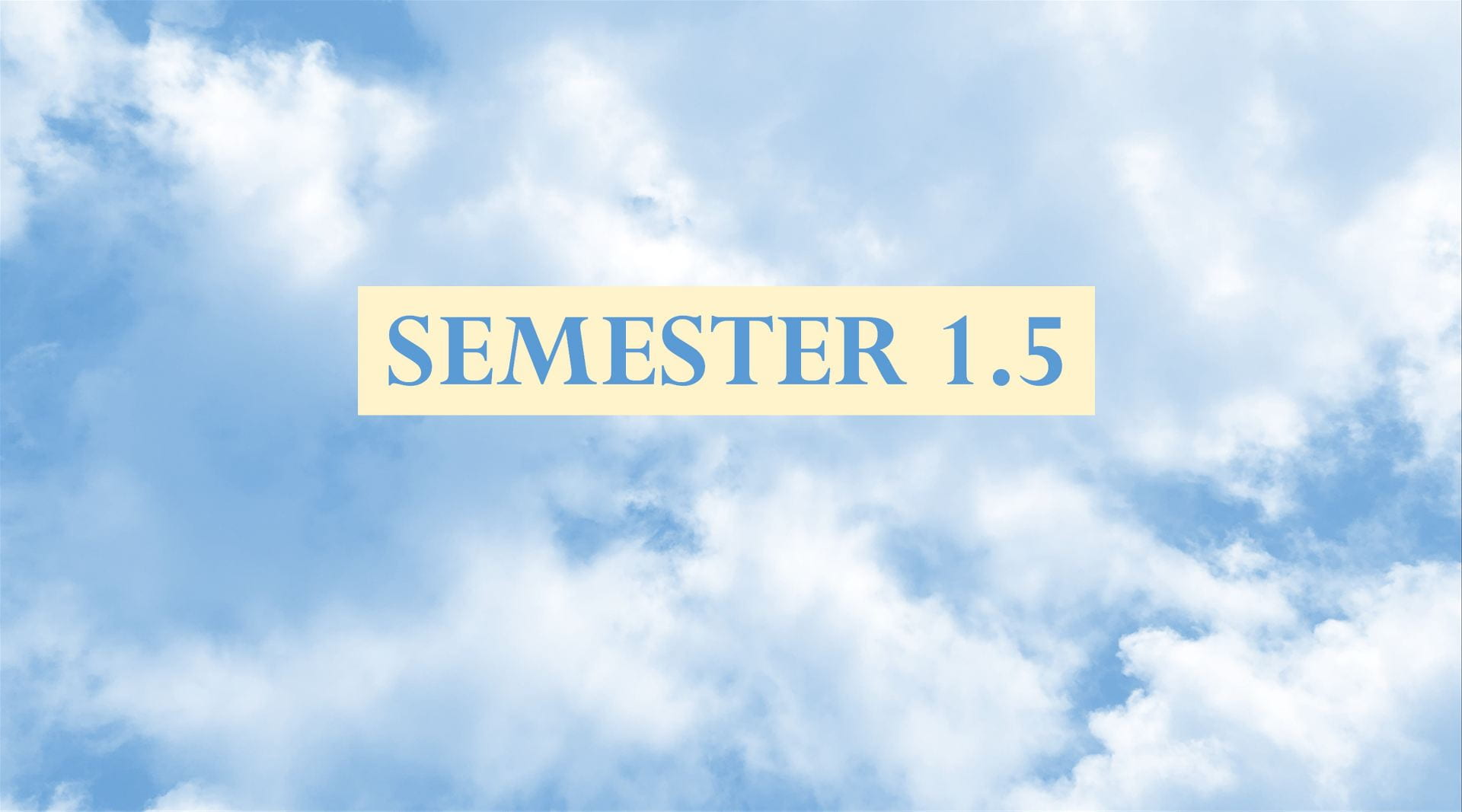
Where on earth did that month and a half go? It feels like it was only a couple of weeks ago that I was writing my last blog. Anyways, I thought that I might as well share a few blithe little thoughts on each paper for your reading (dis)pleasure. With those preliminaries out of the way – let us begin.
ELECTENG 204: Engineering Electromagnetics
The best way that I can describe this course is thoroughly inoffensive. You learn some important electromagnetic concepts (transmission lines, magnetic systems, transformers and more) that pave the way for the pathways of radio engineering, digital communications, fields, waves etc. – think working for Vector, Mercury, Vodafone, and others. Following the unoffensive theme, you get three labs that give you a satisfactorily practical taste of the topics covered (transmission lines, transformers, and fields).
The most profound takeaway from this course so far has been the maxim “magnets and electricity are two expressions of the same thing: electromagnetism” or to put it another way “curving currents are magnets.” You can’t have an electrical current without a corresponding magnetic field.
While some of the content can seem a little scary, you end up using the delightful engineering trick of simplification. Most all of the complicated equations that we are shown are condensed into some easy to use, and mostly correct, models of some very complicated devices.
ELECTENG 292: Electronics
I am not sure if Mark Andrews quite appreciated the delicious irony of telling us “If you treat university like a 9-to-5 job you can have evenings and weekends off” during a 5pm – 6pm lecture slot.
Is this elective really a choice? Oddly the computer systems people are required to take this course, while EEE (Electrical and Electronics Engineering) are not. Take it anyway.
As the keen-eyed reader may have guessed, 292 follows on from 291 of last semester. OpAmps return with a vengeance, manifesting into just about any topology imaginable. Moving onwards to nonlinear components, the second half of the course covers some incredibly useful electronic components – diodes, transistors etc.

As it follows on from 291, we get labs roughly every fortnight which are a hands-on way to apply the theory that we learn. If you ever felt that your tuition fees were unjustifiably expensive, now is your chance to get your money’s worth – each oscilloscope in the lab is worth many thousands of dollars.
For posterity, there are two other courses that you can choose for your elective slot, but they are (as of this year) both software engineering courses: 283 (Software Quality Assurance) and 284 (Data Structures and Algorithms). I can understand computer systems students taking them, but I would highly recommend taking ELECTENG 292 as a EEE student.
ELECTENG 209: Analog and Digital Design
Your magnum opus; a seminal moment in your budding engineering career; your first project.
This course is an amalgamation of everything that you will have learned in EEE so far, all coming together as you get to make your very own (as a group of four) smart energy monitor. The very essence of the project is signal processing: you follow through the process of measuring, conditioning, and filtering a signal with analog circuitry, before sending the data into a microcontroller to calculate some pertinent values to display to the user.
While 209 may seem daunting in the beginning, do not be too worried – it is meant to be that way. Completing what is potentially your very first – I loathe to use the word “proper” – project is a monumental undertaking. You will encounter issues, experience setbacks and make silly mistakes, but it is important to take them in your stride; nobody is expecting you to create a sublime and simply divine design, quite the opposite in fact. These vitally important learning experiences come in their persistent droves, offering a plethora of opportunities to learn about the practical design process and hone your engineering skills. This is one of the few courses that you can give you a return on every hour invested for as much time as you can throw at it – that being said, don’t forget that you have other courses.
As part learning about the design process, you get to learn about the wonderful world of real components: everything is imperfect, all devices have operating limits and you probably can’t find the exact value of component that you want.
| Yes, that power rating does actually mean something! |
The one mark against this course is the time commitment; you already have ten hours of scheduled contact time made up of for hours’ worth of lectures a week, and six hours of labs scheduled per week. The lab timing is particularly nasty as it, for 2022 at least, is scheduled 4pm – 7pm every Wednesday & Friday. While you don’t need to spend all the allotted time in the lab if you can do the work quickly, you will realistically be spending at the very least ten hours per week doing this course.
And in case anyone was confused by the title, doing circuit analysis for three hours at night leaves one feeling a little feverish.
ENGGEN 204: Professional Skills and Communication
No, not that 204 – the other one.
With only the merest of an ‘ENGGEN’ you may have already formed some strong opinions. With the title “Professional Skills and Communication” there was always going to be a certain stigma attached to this course (I, for one, cannot deny that I held a few preconceptions going into it). While I doubt that it is anyone’s favorite course, ENGGEN 204 really is not that bad. Here are some positives:
- There are no exams, only assignments, tests and tutorial attendance marks
- The scheduled contact time is minimal: two hour-long lectures and a single tutorial each week. However, this does mean that you will be needing to do a fair bit of work outside of these times to make up the recommended ten hours spend per week on any course (think meetings and working on projects etc.)
- The majority of your work will be done in a group – I said positives, didn’t I? Love it or loathe it, group work is an unavoidable reality of this course, and your professional engineering future. You get put in an eight-person group for the entire semester so you should get to know everyone well. As you will learn in this course “The extent of participation is shown to be the best predictor of outcomes for a collaborative task”, i.e. if you put some effort in, you will get the results out. The projects that your group work on a purposefully gargantuan – the workload is manageable when everyone is doing their part.
- The most important part of this course really is the communication part. As boring as it may be, learning how to communicate clearly and effectively to a wide range of audiences in a plethora of mediums is a critical skill, and this is the best place to learn how.
I guess that I should probably try and sell EEE to you all, but this post is already long enough so how about we try that one next time? Bye for now.
